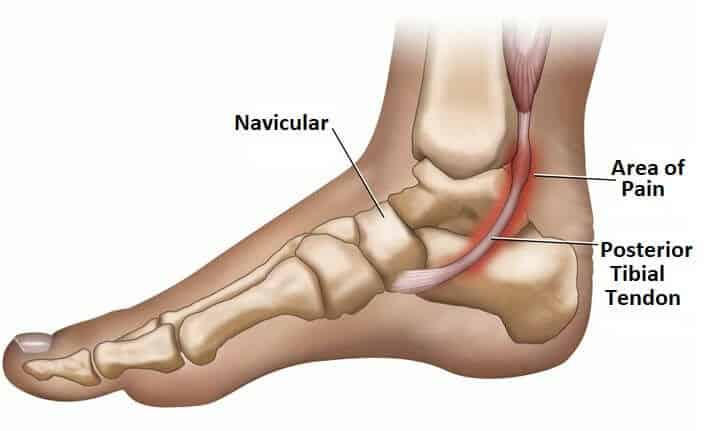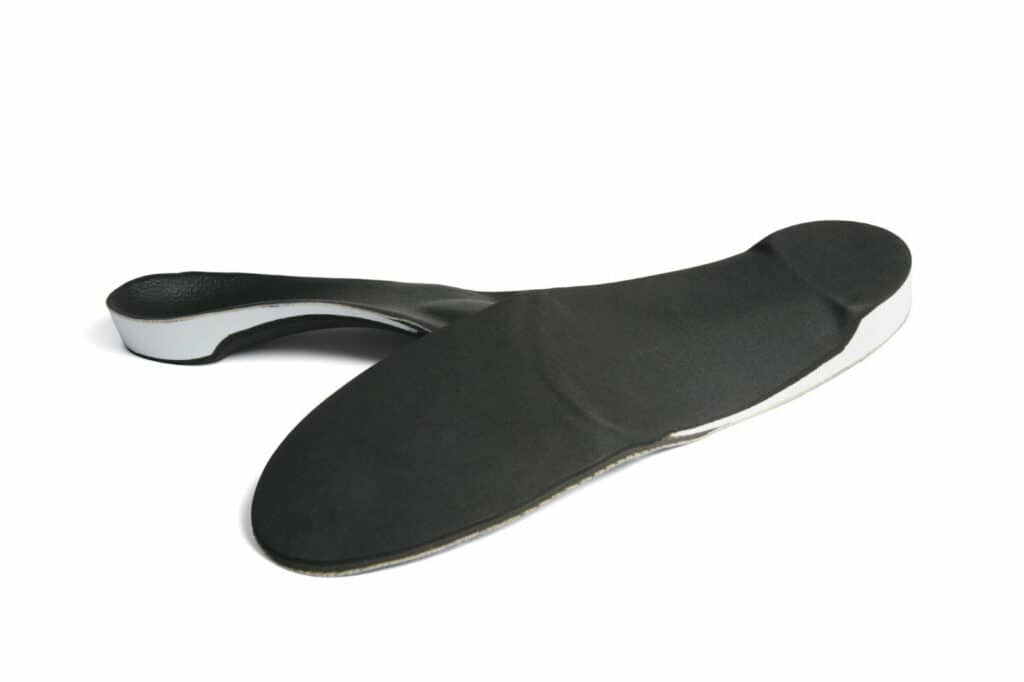

Device Type: Pathology-Specific Device for Posterior Tibialis Dysfunction.
Device Standard: Minimum cast fill, 22mm Heel Cup, High Medial Flange, 4 Deg. Rear Foot Post, 4mm Medial Skive, 4mm Heel Lift, 1/8 Pull Cover to Toes.
Suggested Modifications: None required for pathology specific devices.

On-time delivery, quality craftsmanship, and accommodating service with an organization that truly cares.
Designed by Azuro Digital
Monday: 8am-4:30pm MST
Tuesday: 8am-4:30pm MST
Wednesday: 8am-4:30pm MST
Thursday: 8am-4:30pm MST
Friday: 8am-4:30pm MST
Saturday: Closed
Sunday: Closed